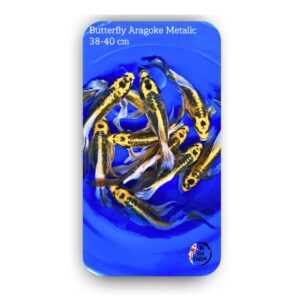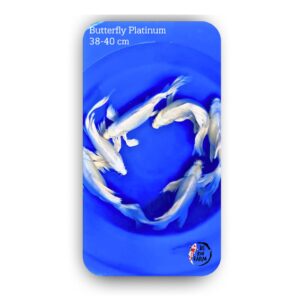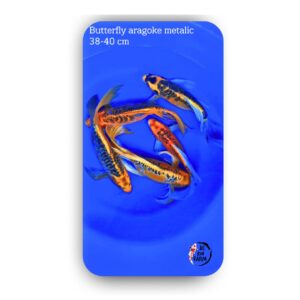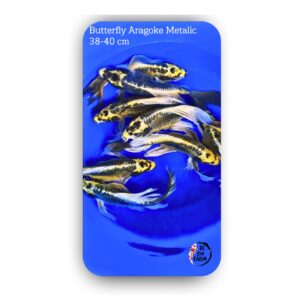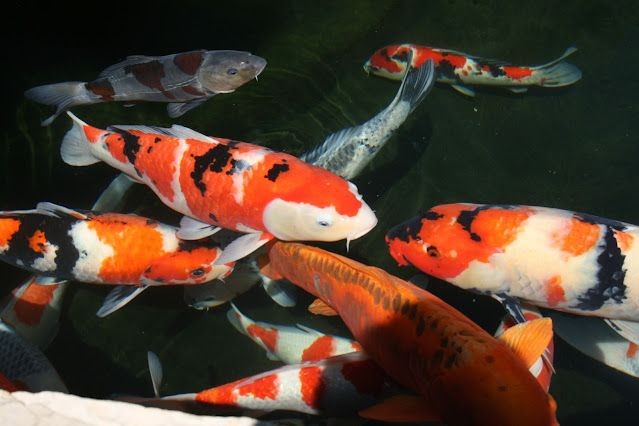
KHV is a disease caused by a virus that is very easily transmitted. As we know, Koi also have an immune system. If infected with a virus, the koi’s body will fight back by producing antibodies. However, if the koi is under stress, its body’s ability to produce antibodies is not optimal, so the virus can penetrate and damage the cells in the koi’s main organs such as the gills and kidneys. Gills are the koi’s respiratory organs. If the gills have been infected by KHV, the koi will certainly not be able to survive any longer.
A virus is nothing more than a piece of DNA (DNA virus) or RNA (RNA virus) surrounded by a protein coat. DNA viruses are less susceptible to mutation, and will try to repair damage to their own genetic code. RNA viruses, however, can mutate as quickly as possible so that they have different properties. The virus then infects new cells and can multiply very quickly, resulting in damage to the body’s organs.
The KHV virus (CyHV-3) is most likely a virus from the herpes family, but it is a strange breed. This virus is much larger than other herpes viruses, but the KHV Virus is on average a hundred times smaller than a cell. You can compare it to the difference in size between humans and skyscrapers. KHV mostly attacks Cyprinus carpio (goldfish, including Koi). However, KHV can also survive in hybrids (crosses with other closely related goldfish).
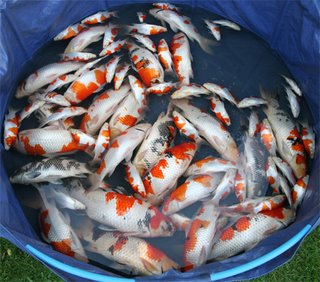
Basically there are no anti-viral drugs. However, koi have an immune system that produces antibodies. These antibodies are then able to overcome the virus attack. Therefore, if your koi’s health is in prime condition, it will not be easily attacked by KHV.
Another thing that can be done is to vaccinate, namely by inserting a weakened KHV virus so that the koi start producing antibodies, so that when the KHV virus attacks the koi will have immunity with sufficient antibodies in their body.
The KHV virus will attack under certain conditions, namely usually at a water temperature of between 18 – 28 degrees Celsius. Therefore, when the rainy season comes, where the average water temperature is low, you have to be more alert about the KHV virus attack. Moreover, if your koi’s health condition declines, or your koi are under stress, this especially happens to koi that have just entered the pond, then stings are vulnerable to KHV attacks.

Signs of a KHV attack are white spots on the Koi’s gills
Koi infected with KHV show symptoms including:
If you find symptoms that your koi has been infected with KHV, do the following immediately:
